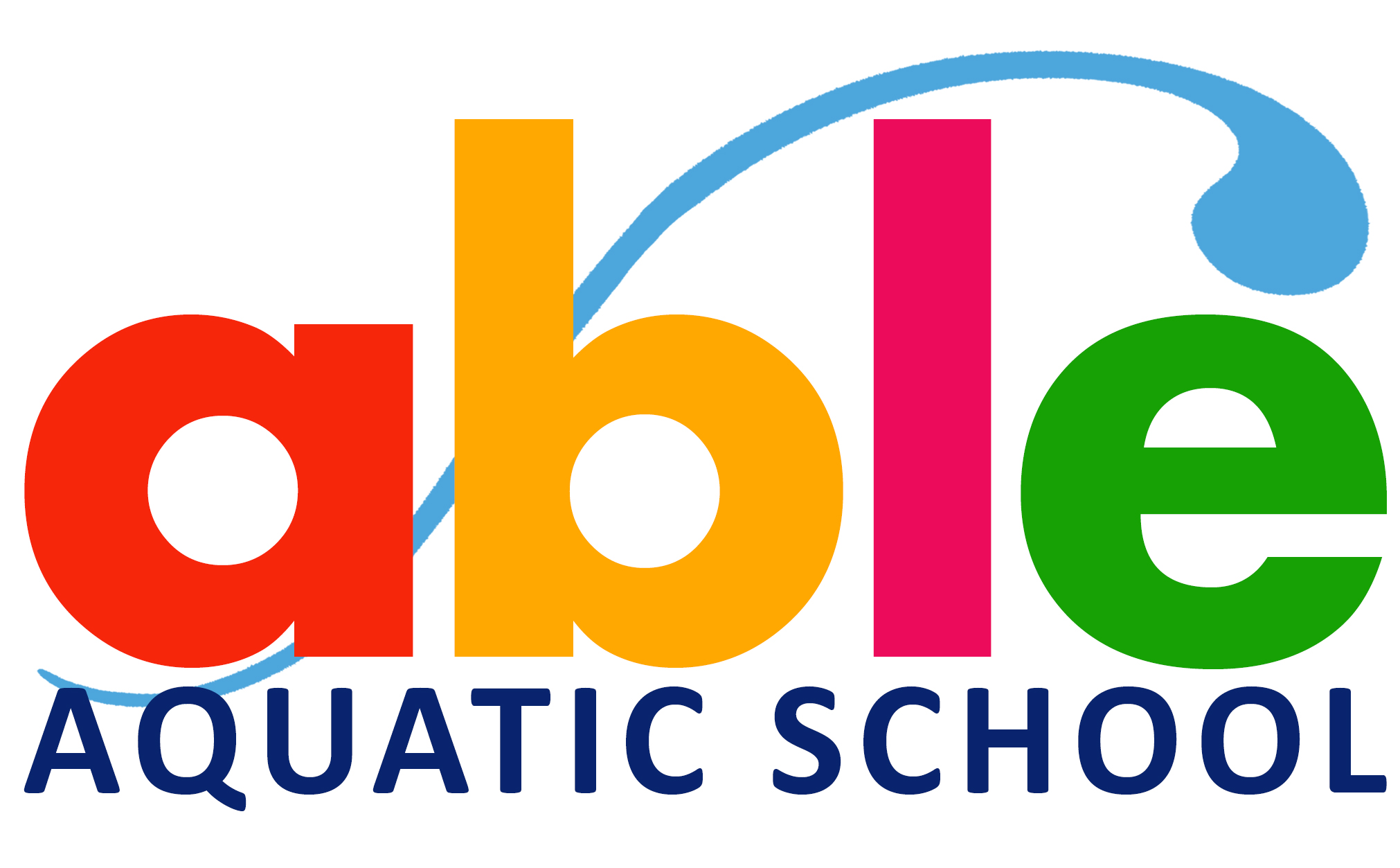Learn to Breathe Bilaterally
Most swimmers naturally prefer breathing to one side over the other. Bilateral breathing means you can breathe on alternating sides, or every third stroke. Even if you don’t always use it, it’s a handy skill to have come race day. Bilateral breathing allows you to switch sides with ease if you ever find yourself trying to sight buoys on the “wrong” side of your body, or catch a breath if there is a lot of commotion on your natural breathing side.
Breathing in an open-water swim is different than breathing in a lap pool. While there is no substitute for open-water swimming when it comes to getting race-ready, you can use the lap pool to develop some key bilateral breathing skills that will transfer to the rivers, lakes and oceans.
Practice the Perfect Breath
While it’s important to breathe bilaterally, the very act of taking a breath is one that requires some practice, and this time of year is a great time to re-learn how to do that. The perfect breathing head motion will hardly disrupt your momentum while allowing you to get all of the air you need.
Here are a couple things to remember: First, you should strive to take your breath from the small concave dip of air that is created by your swim motion. Doing this will help you avoid lifting your head too high while swimming. One way to practice this is to always keep your lower goggle underwater whenever you take a breath.
Second, you should look slightly back, but not too far, when you breathe. This helps keep your head in alignment.
Work on Your Stroke Form
We all develop bad habits when we swim, and it can be hard to correct them later in the season when you are focusing on speed and intensity. Now is a great time to work on your body positioning and stroke.
It all starts with your head, so be sure that your head and neck are relaxed, and that you are tilting your head slightly forward as you swim. Doing so makes you more streamlined and has a positive domino effect on the positioning of your neck and spine.
Be sure to do a nice, smooth S-shaped stroke that is long and complete. Many triathletes who have short, hard pulls would be better-served to have longer pulls that are more relaxed, as this creates maximum momentum and efficiency.
Join a Master Swim Program
Masters swim groups are organized classes of swimmers who get together regularly to swim under the instruction of a coach. A common Masters setup might be 10 swimmers of varying ability with one coach.
While there is some structure to the workout, much of it will be focused on getting your yardage in while getting tips on form and technique. A Masters swim can be a great place to get tips on technique while providing the benefit of a group workout.
Source: www.active.com
